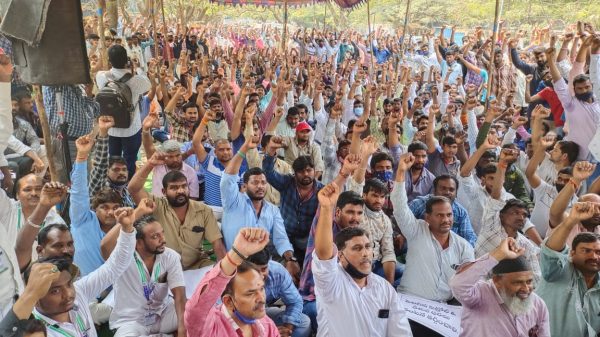The Reserve Bank of India (RBI) will proceed very gradually in rolling out the Central Bank Digital Currency (CBDC) because there are a number of issues involved, Deputy Governor Michael Patra said on February 23 at the Asia Economic Dialogue 2022. "We will cross the river by feeling the pebbles." – Michael Patra Earlier this month, Finance Minister Nirmala Sitharaman announced that a Digital Rupee using blockchain technology will be issued by the RBI starting 2022-23. Patra on Wednesday said that the central bank is on track with this timeline, but it is still taking measured steps and making calibrated moves. The government has made it clear in multiple instances that the CBDC will be the only cryptocurrency that will be considered legal tender in India. Why RBI is cautious RBI Governor Shaktikanta Das has previously said that the central bank needs to safeguard CBDCs from risks of digital frauds and cybersecurity before rolling them. Patra yesterday laid out some additional concerns that are slowing down the RBI: Privacy issues: CBDCs involve privacy risks, Patra said. But it is not clear what risks Patra was referring to. Cryptocurrencies like Bitcoin and Ethereum use open blockchain ledgers in which transactions are visible to everyone and it might be possible to match a wallet address to a particular individual by combining multiple transactions or observing spend patterns. However, transactions done with CDBC are unlikely to be in an open ledger, so the risk of identification is not the same. Energy use: "There is also an issue of energy intensity…





























